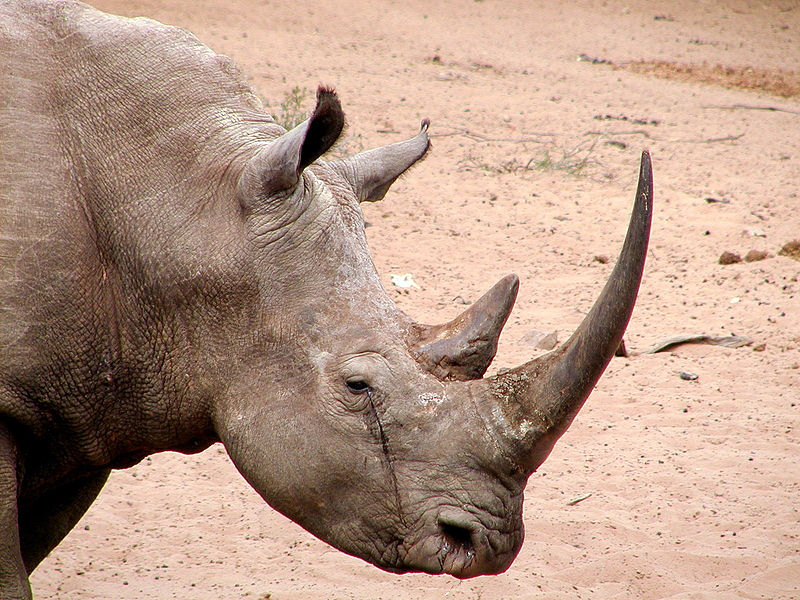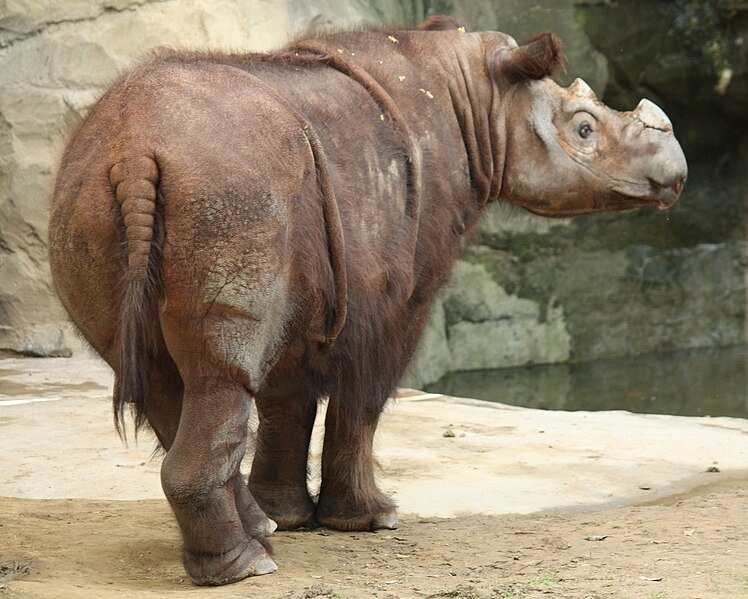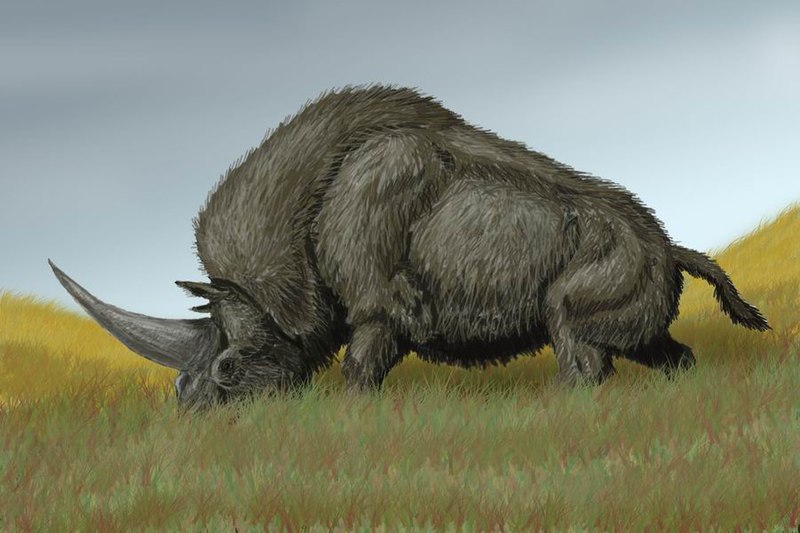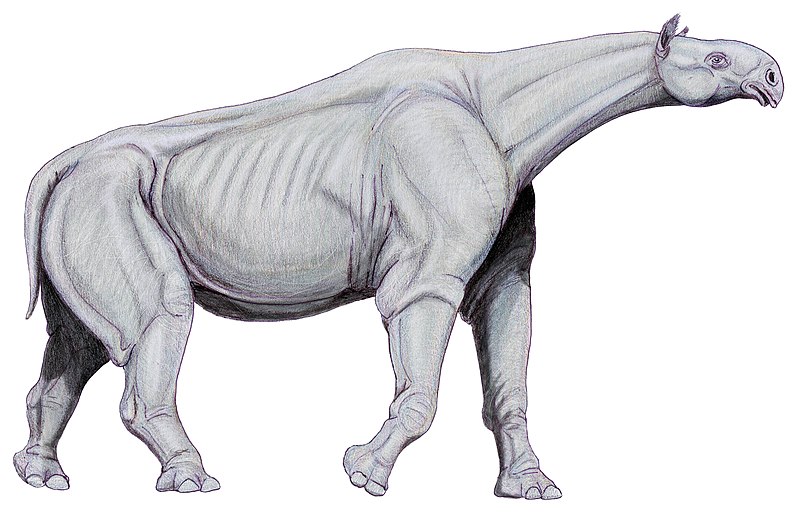Welcome back to the blog everybody! As always, I’ll start
with a few updates.
Now, Christmas is only 47
days away, not a long time at all! Also, for those of you who are really
excited, the latest stop-motion movie project, “Animal Face-Off: Elephant vs. Rhino” is officially 99.9% finished!
Alright, technically, the remaining 1% is for putting it on YouTube so I can
put it on the blog. So it should be on for viewing next week (and believe me,
you have to put it on YouTube first before putting it on the blog because
otherwise, it doesn’t work or something).
Another cool thing that’s happening in the upcoming weeks is
that we are my Mom, Angel, my sister and I are going to be selling stuff at an
upcoming craft’s fair! I’ve been to a number of craft’s fair’s before between
the years of 2010 and 2012. The first one was not at all a success, I sold next
to nothing and we stood out there in the freezing cold and the blowing wind.
But, that was the first one. Since then, I’ve been to craft fairs with a much
better outcome. So what do I sell? Well, not only do I write, sing and make
stop-motion movies, I was also blessed with pretty good drawing abilities. I
draw some pretty cool pictures of dinosaurs. That’s normally all I sell at craft
fairs and sometimes that doesn’t go all too well because the market is not
there at times. The only problem with these events is that you never know what
the majority of people will want to buy. But that’s why I’m not only selling
dinosaur pictures, I’m also as of the last craft fair, going to be selling
dinosaur postcards AND as of this upcoming craft fair, I’m going to be
promoting the book I wrote called “THE KING ON A CROSS”. I won’t be selling
the book there, just promoting it and handing out my handy dandy business
cards. Next Thursday (which is two days before the craft fair) I’ll set the new
pictures I’ve drawn on the blog for your viewing pleasure. Wow, looks like next
week is going to be a busy week!
Other than that, not a whole lot has been going on around
here (my sister, Halle and I are homeschooled, so it’s not like we go to
regular school where stuff happens regularly, not that I don’t like homeschool,
but I’m just making a point).
Oh, I almost forgot to mention, have you noticed the fish swimming
at the top of the page? Be sure to feed them when you visit. Simply tap the
fish tank to feed them.
Besides the elephant, the largest land mammal on the planet
today is called Ceratotherium simum,
aka the White Rhinoceros. The white rhino can stand six feet tall at the
shoulder, stretch 12-13 feet long from nose to tail and weigh 2 ½ tons! At
least, those are the males that weigh that much female white rhinos weigh half
a ton less.
 |
| A white rhinoceros mother and calf |
 |
| A pair of white rhinoceros |
One of the most noticeable things on a rhino is no doubt its
horn. The white rhino’s horn grows over four feet long. Believe it or not, the
horn is not part of the rhino’s skeleton. As a matter of fact, it isn’t bone at
all! It’s made up of keratin, the same stuff that makes up your fingernails and
hair. So a rhino horn is merely hardened hair that ends at a point (see my
point?). They use that horn mainly for fighting.
 |
| What large horns you have Mr. White Rhino! |
 |
| The original range of the white rhino |
 |
| The white rhino's present range, the brown color represents their native range, the pink represents their reintroduced range, and the red represents their introduced range. |
These rhinos are also the most social of the rhino species,
the females and adolescent and sub-adults often live in small herds. Mature
males on the other hand prefer to go it alone. Notice I did say rhino species. There are five different
species of rhino living on the planet today. These species are:
 |
| Black Rhinoceros |
 |
| Indian Rhinoceros |
 |
| Javan Rhino (I couldn't find a better picture, sorry about that) |
 |
| Sumatran Rhino |
As you may have noticed, they don’t all have large horns. The
white rhino and its close cousin the black rhino live in Africa, but all the
others live in South Eastern Asia. Another interesting thing about rhinos is
that the black and white rhino can’t be told apart by the color of their skin,
because it’s very similar in color, contrary to what their name suggests. So
how did the names come about? Well, when settlers first came to Africa, they
noticed that some of the rhinos had wide-lips and were called wide-lipped
rhinos, but when translated into English, it was mistakenly translated as white rhino. So the name stuck. The
white rhino has that wide muzzle because of its diet: it feeds on grass.
Meanwhile the black rhino has a pointed upper lip because it prefers to nibble
on trees and shrubs. That pointed lip makes it easier to grab branches and
leaves to pull toward its mouth.
 |
| The Black Rhinoceros uses that pointed upper lip to grab food from tree branches, or the hands of 13-year old girls like the male rhino in this picture is doing! Have YOU ever hand fed a rhino? |
The rhino can run up to 30 mph and this can be bad at times
because rhinos have been known to puncture safari jeep doors! Part of the
reason rhinos are so ferocious (other than all their testosterone) is because
they have terrible eyesight. They will treat just about any movement as a
threat. Notice I said just about any
movement. Rhinos have a great sense of smell to determine if it knows what the
movement is. For instance, if a mother rhino smells its baby, it won’t attack
the baby. Or another example is that a herd of rhinoceros don’t normally go
attacking each other (unless it’s mating season and the rhinos fighting are
males). A mother rhinoceros of any species will defend a baby with all her
might.
 |
| A mother and baby rhino. Can you tell if they are black or white rhinos? |
Today, there are only five or so species of rhinoceros. But
at one time, there were many more species that have since gone extinct. They
even once spread through North America, and Europe, along with their African
and Asian ranges. They even lived in the icy polar regions. Here are a few
examples:
_-_Mauricio_Ant%C3%B3n.jpg) |
| Woolly Rhinoceros |
 |
| Elasmotherium |
See, the rhino family is very diverse. And yet, these rhinos
did not evolve into one species of another. No, this is simply a case of
natural selection. As you may have noticed, not all rhinos had horns.
Elephants are the largest land mammals alive today, but it
wasn’t always this way. No, there once was a species of rhino that towered over
the elephant. It is called the Indricotherium (see above, pronounced in-droe-cath-ere-ee-um).
Indricotherium weighed an astonishing 18 tons and stood 20 feet tall from head
to toe. This behemoth didn’t spend its time eating grasses and small shrubs; it
was feeding on trees in the region of Mongolia where it lived. This rhinoceros
didn’t have horns – it didn’t need them! It’s size alone was a formidable
defense. The largest predators of the area, Hyenodon, was the size of a modern
rhino and was by no means large enough to tackle an Indricotherium.
The Indricotherium went extinct thousands of years ago (so
did the Woolly Rhinos you see above
but we’ll talk about those later), but the other species of rhinos managed to
cling on . . . that is until the 19th and 20th century
came around, that is! Humans started killing the rhinos in massive numbers with
their guns. Why? Well, they want the horn. Rhino horns are made of keratin, and
keratin can sell for a pretty price in some countries. So after killing the
rhino, people leave the body to rot. The number of rhinos dropped dramatically
and so when people finally figured this out, they put it on the endangered
species list! Happy endings right? Well, not quite. Even though it’s illegal to
shoot rhinos today, some people, called poachers, kill them anyway. This isn’t
helping the population of rhinos at all. So what did people do?
Well, now armed rangers and wardens can catch poachers in the
act and arrest them. They also have set up special reserves where the rhinos
can be safe from poachers (and the rangers still keep a close watch on them
because sometimes poachers will sneak into the reserves). They even can
painlessly remove the horn from a rhino to temporarily deter poachers, it does
grow back however. Many of these things people are doing to help have helped
the rhino population greatly. Some populations have steadied, while others, as
the case of most white rhino populations, is slowly growing! This in and of itself is an amazing feat! But poachers are
still out there, did you know you can
help too? Helping the rhinos isn’t always as dangerous as going out into the reserves
themselves and stopping poachers, in can be done right at home. Here’s what you
can do: if you see products made from rhino horns (such as little figurines), don’t buy them. Besides, they are
normally rather pricey anyway. And if you are offered something made from rhino
horns, also don’t accept and politely
tell that person why we shouldn’t buy that stuff. If people start to care about
the rhino, then they’ll stop buying the products, and if they stop buying, the
poachers don’t make any money killing rhinos, so they are forced to stop
killing these amazing creatures God created.
Thanks for stopping by today. Please be sure to come back
next Thursday to see, not only what you’ll be reading next, but also the
pictures I am selling at the craft fair AND
(it never ends does it) the next stop-motion film: “Animal Face-Off: Elephant vs. Rhino”. See you next time!
PS: To post a comment (this is highly encouraged), please
simply click the post you wish to comment on, scroll to the bottom of the page
and put what you wish to say or ask in the comment box. Then in the box below
the comment box choose who you’re going to comment as. And then click preview or publish. If you aren’t signed into Google, you’ll be asked to type
in a word and a number in the space provided. Type the word, put a space and
then put the number. Then your comment is on the blog!
PS 2: Have a puzzling question about animals (including
dinosaurs), myself, my latest book, my stop-motion movies, Creation or etc?
Please post your question as a comment or send me an email at animaladventures@aol.com.
PS 3: What’s the latest scoop? Check it out at SMILEY’S NEWS.
PS 4: Be sure to comment on the latest stop-motion movies
too, this will help me improve them.

No comments:
Post a Comment